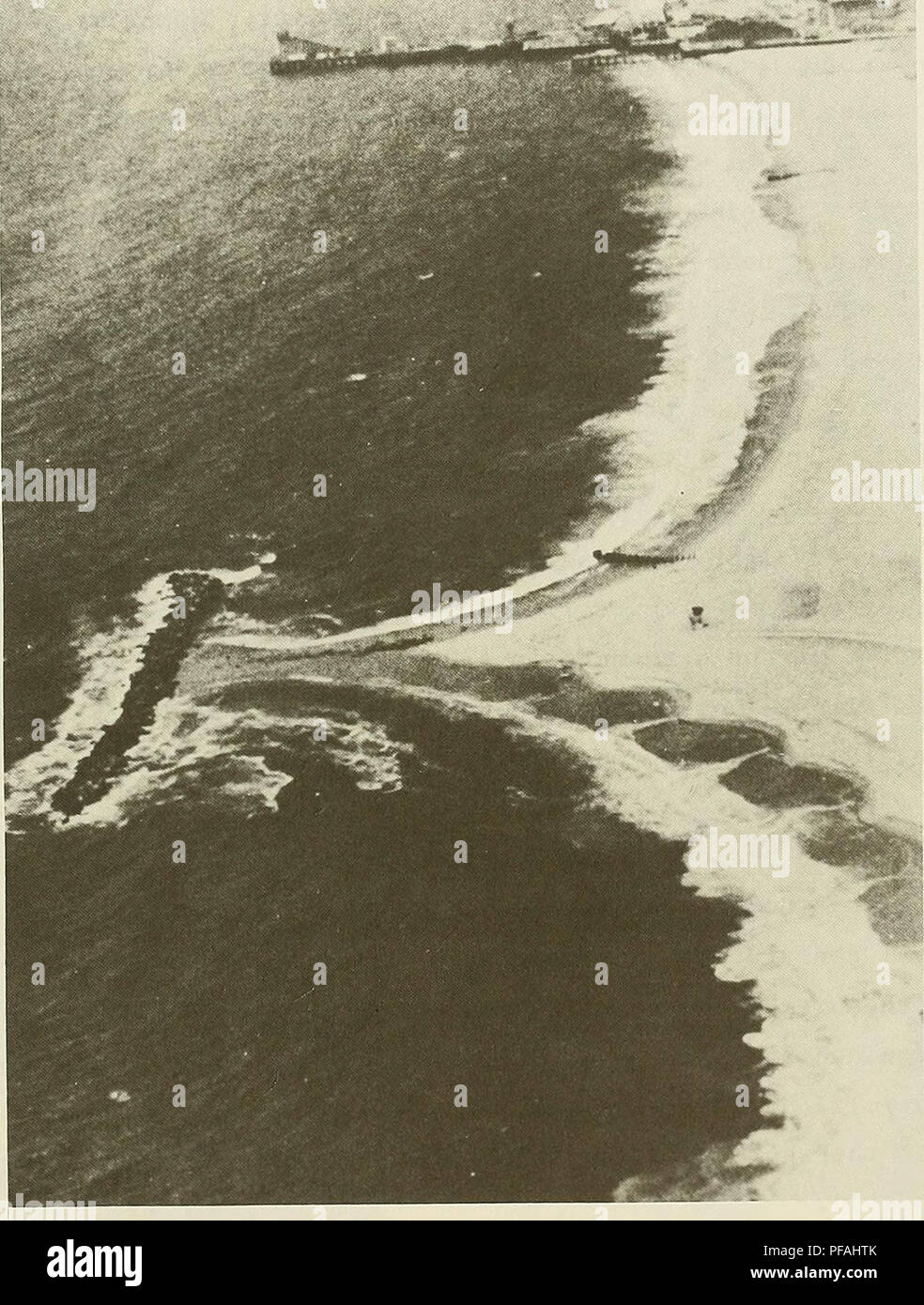7 Simple Techniques For Shore Protect Team
Wiki Article
Shore Protect Team Fundamentals Explained
Table of ContentsGetting My Shore Protect Team To WorkThe Best Guide To Shore Protect TeamThe Ultimate Guide To Shore Protect TeamThe Ultimate Guide To Shore Protect TeamThe Ultimate Guide To Shore Protect TeamHow Shore Protect Team can Save You Time, Stress, and Money.How Shore Protect Team can Save You Time, Stress, and Money.
Decrease in residential property value: As the location tourist is impacted by erosion, so then is the economic situation. Purchasers are less most likely to browse for a coastline residence that can be damaged anytime by the approaching flooding and disintegration emergency situation. In turn, residential or commercial property value can go down immensely and impact the whole region.Whether a coastline is just tiny and congested or needs to close totally for the safety and security of the ecosystem and nearby buildings, this substantially influences tourism. Subsequently, local economies are affected (https://smartseolink.org/details.php?id=416591). Threat of injury: The increased danger of flooding and architectural failures creates an increased risk of injury to nearby travelers and community participants

is home to greater than 84,240 miles of coastline with 41% of it exposed to the open sea. Coastal engineers supervise of protecting the shore versus changes by decreasing the detrimental effects of both all-natural and manufactured incidents. Coastline stabilization is directly related to their work. Waterside resorts: Due to the fact that coastline erosion effects tourist, it affects the success of waterside resorts.
The Greatest Guide To Shore Protect Team
Coastal commercial businesses: No tourists implies no business. Coastal state parks: State parks that exist along coasts are at danger of damage.Difficult stablizing makes use of man-made structures as protection to control erosion. The majority of forms of difficult stablizing like seawalls and sheet metal are not ideal for shoreline stablizing.
The Greatest Guide To Shore Protect Team
There's additionally inadequate proof of their effectiveness depending on the sort of shoreline and regional conditions. Hard stabilization techniques often tend to be extra challenging to set up and don't match the all-natural visual, standing out like a sore thumb and hurting regional ecosystems in several circumstances. Coastline nourishment is the procedure of adding lost sand and debris back to coastlines after disintegration has actually taken place.TrapBags help in the procedure of beach nutrients by safeguarding natural ecological communities and enabling plants to expand. While this process can be expensive and is not permanent, the pros have a tendency to surpass the disadvantages. TrapBag barriers offer many homes that make them perfect for coastal and riverbank disintegration defense. They're: Eco-friendly: You can use native dirt both to surround and to fill up the TrapBags.

The 45-Second Trick For Shore Protect Team
They can additionally be set up without any heavy equipment. Cost effective: TrapBags are suitable for both little and large areas of coastline.Incorporated with a high building cost, this has caused enhancing use of other soft engineering seaside management options such as beach replenishment. Seawalls are built from various materials, most frequently reinforced concrete, boulders, steel, or gabions. Various other possible building and construction products consist of plastic, timber, aluminum, fiberglass composite, and biodegradable sandbags made from hemp and coir. The proper seawall design counts on location-specific elements, consisting of surrounding disintegration processes. There are 3 primary kinds of seawalls: upright, bent, tipped, and mounds (see table below). A record released by the United Nations Environment Program (UNEP) recommends that the tidal wave of 26 December 2004 created less damage in the locations where natural obstacles existed, such as mangroves, reef or seaside plants.
Natural obstacles, such as reef and mangrove woodlands, stop the spread of tsunamis and the circulation of seaside waters and mitigated the flood and rise of water. A cost-benefit approach is a reliable method to figure out whether a seawall is appropriate and whether the benefits deserve the expense.
Shore Protect Team - An Overview
A seawall is a fixed attribute which can contravene the dynamic nature of the shore and hamper the exchange of sediment in between land and sea. The table below summarizes some positive and unfavorable impacts of seawalls which can be used when contrasting their efficiency with various other seaside management options, such as coastline nutrition. [] Advantages and downsides of seawalls according to Short (1999) Advantages Disadvantages Long-term solution in comparison to soft coastline nourishment.
This can create coastlines to dissipate, making them ineffective for beach goers. Typically, seawalls can be an effective means to regulate coastal erosion, however just if they are built well and out of products that can withstand the force of ongoing wave energy.
The smart Trick of Shore Protect Team That Nobody is Talking About
The appropriate seawall style counts on location-specific elements, including surrounding erosion procedures. There are three main kinds of seawalls: upright, rounded, stepped, and piles (see table below). A report released by the United Nations Atmosphere Program (UNEP) suggests that the tidal wave of 26 December 2004 triggered less damage in the areas where natural obstacles were present, such as mangroves, coral reefs or coastal greenery.Natural obstacles, such as reef and mangrove woodlands, protect against the spread of tsunamis and the circulation of coastal waters and minimized the flooding and rise of water. A cost-benefit method is a reliable means to determine whether a seawall is suitable and whether the benefits deserve the expenditure.
The 30-Second Trick For Shore Protect Team
A seawall is a static feature which can contrast with the dynamic nature of the coastline and restrain the exchange of debris in between land and sea. Advantages and drawbacks of seawalls according to Short (1999) Advantages Drawbacks Long term remedy in contrast to soft beach sustenance.
This can trigger coastlines to dissipate, providing them worthless for beach goers. Typically, seawalls can be an effective way to regulate seaside disintegration, yet just if they are constructed well and out of materials that can stand up to the pressure of ongoing wave power.
Report this wiki page